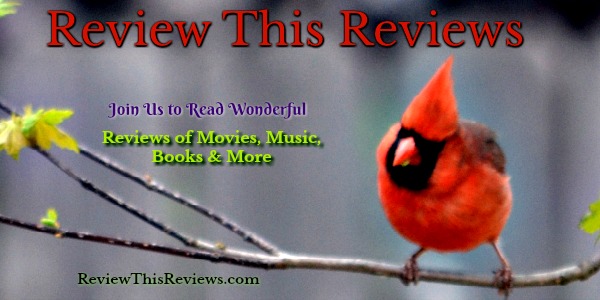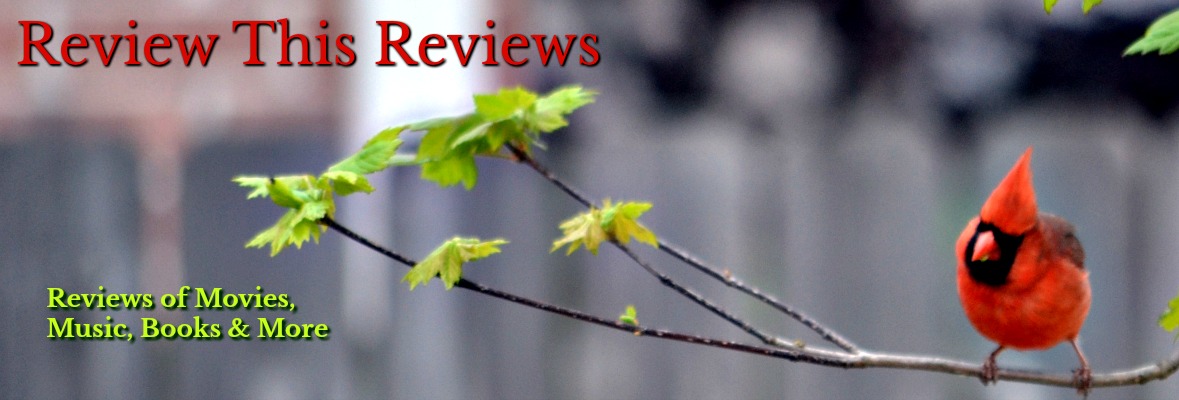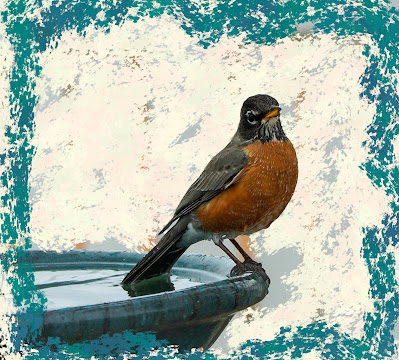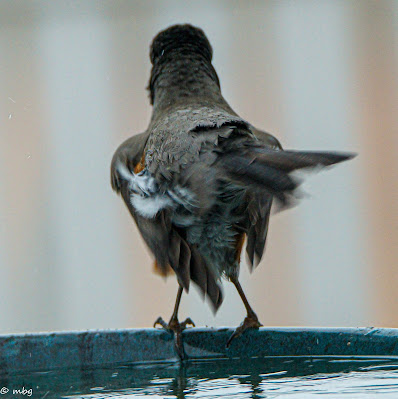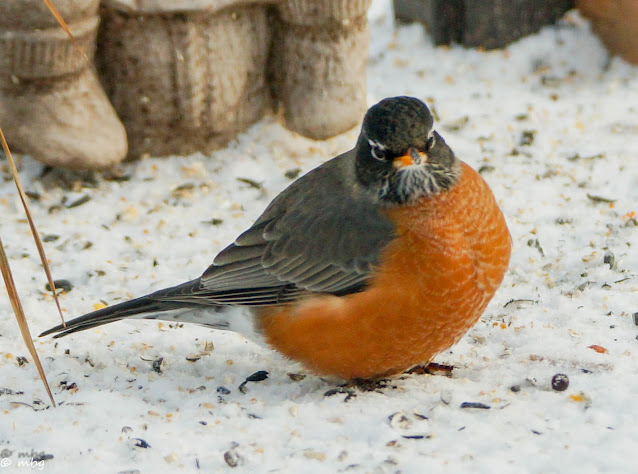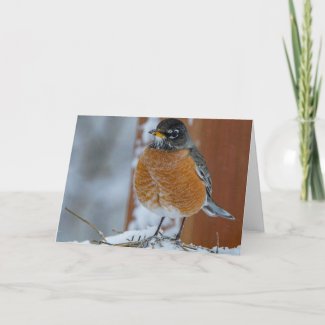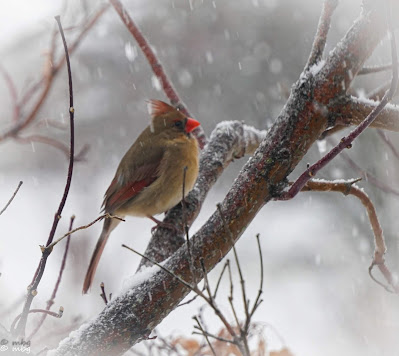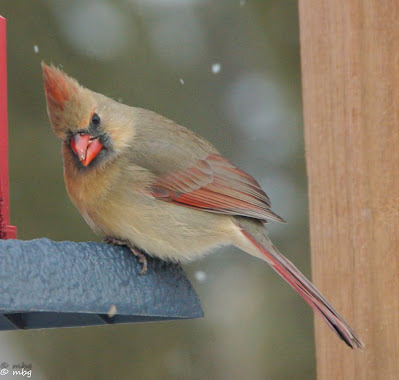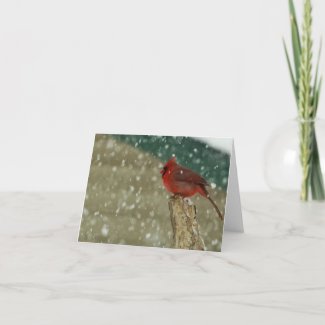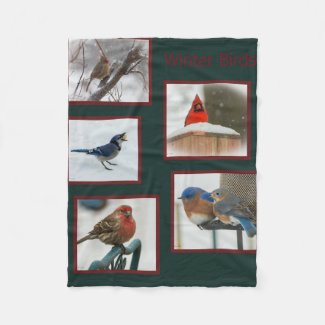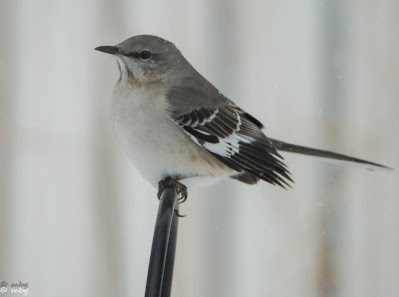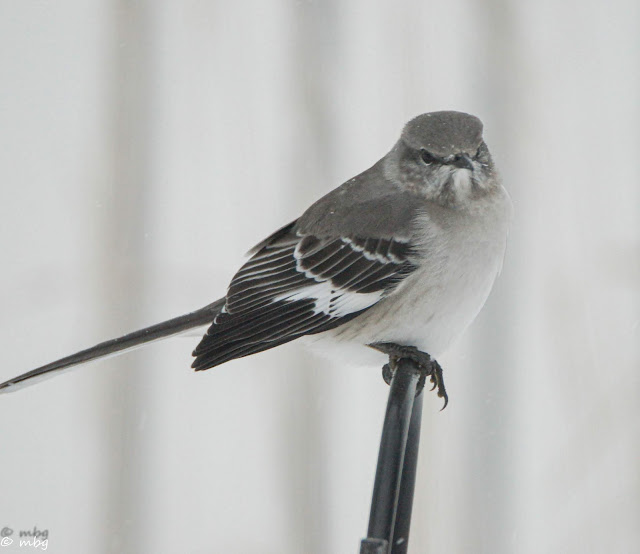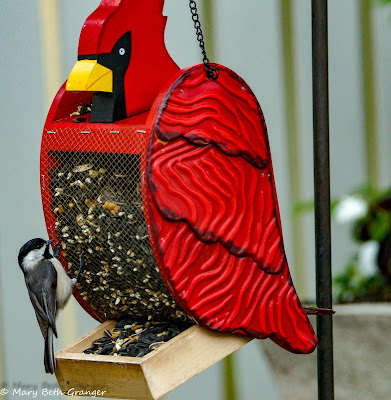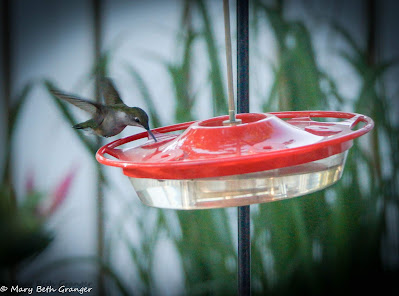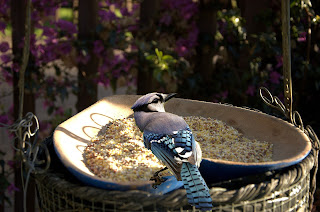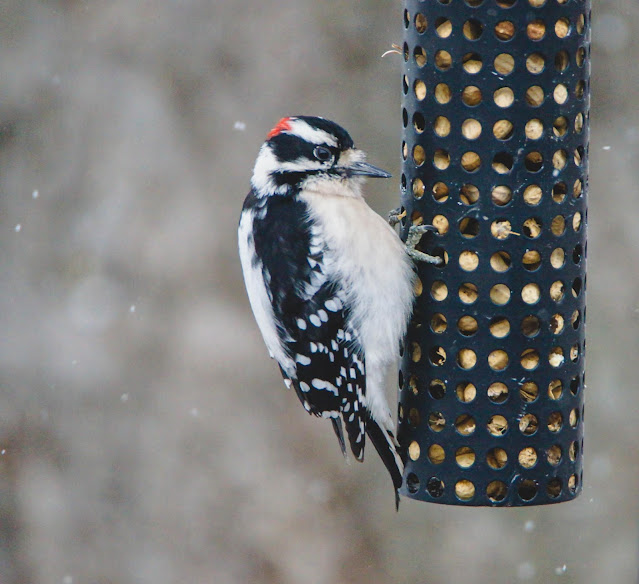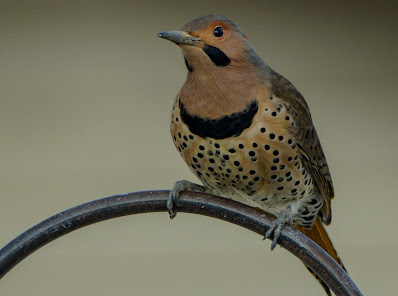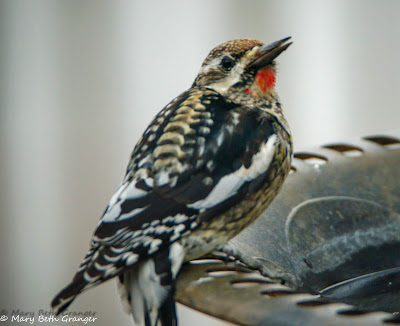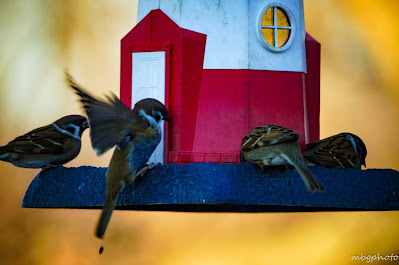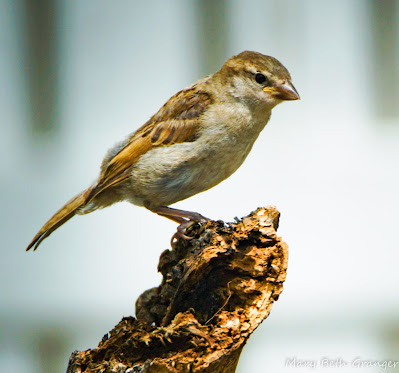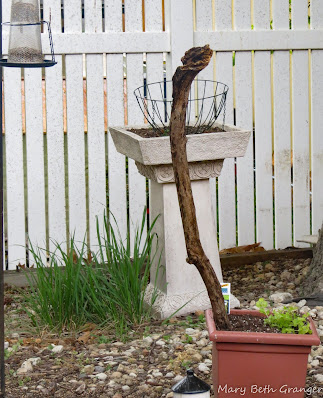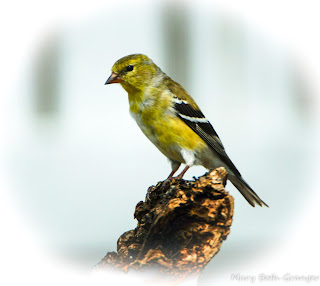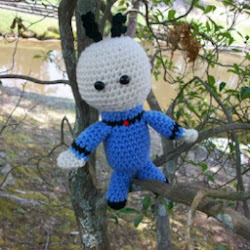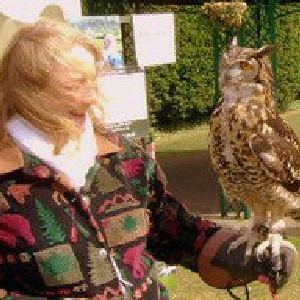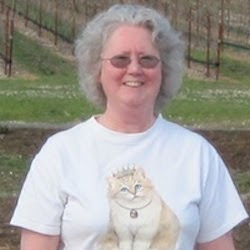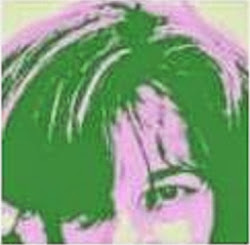Feeding Birds Efficiently
Let's review an option for a bird feeder station that would be nice for anyone who loves backyard birding. I simply love all of the options to attract different species of our feathered friends!
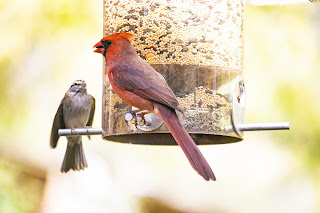 |
| Looking at bird feeder stations image courtesy of pixabay.com |
If you are like me, you love to encourage the different varieties of birds to land in your yard. I could sit and watch them for hours. Well, truth be told, I often do! So, I've been looking at some options to replace some of the older feeders that need to be replaced. While looking for new things to place the bird seed in, I came across this bird feeder station and I think I must have one.
Six Ways To Feed On One Pole
What I love about the station that I accidentally found is that I can put 6 different feeders in one place in my yard. There are 4 hanger hooks in two different styles and can be used for feeders or other things. I particularly like the ones that fit on the top of the pole because if I choose to I can hang a couple of potted plants on those instead of a feeder for some colorful interest. The options are limitless, really. Two metal trays also come with the pole with hangers that will hold the round trays in place. One has drainage holes in it to keep the bird seed from getting too damp. The other is solid and can hold water for the birds to drink or bathe in.
I like the idea of having one place to take the food and water instead of having to carry my bags out and then move them around to several places. The pole has a sturdy four pronged base that will allow for some good stability when I drive it into the ground. There are wing nuts that allow me to move the hooks and trays in any pattern that I want to. I just love the versatility of this pole.
This pole with its accessories should last for years to come since it is constructed from metal. It should be fairly resistant to rust. If I find after a few years pass that the paint is wearing off, I can always sweet talk my sweet hubby into painting it for me.
This pole with its accessories should last for years to come since it is constructed from metal. It should be fairly resistant to rust. If I find after a few years pass that the paint is wearing off, I can always sweet talk my sweet hubby into painting it for me.
Of course, that still doesn't take care of replacing those worn out feeders that I first went looking for. I will still need to find those but with the bird feeder station it allows me to look for ones that will work best with this station for my lovely little winged visitors. My daughter has recently realized how much she loves watching the birds in her backyard, this might be something for me to get her for her birthday this year.
Note: The author may receive a commission from purchases made using links found in this article. “As an Amazon Associate, Ebay (EPN) and/or Esty (Awin) Affiliate, I (we) earn from qualifying purchases.”
